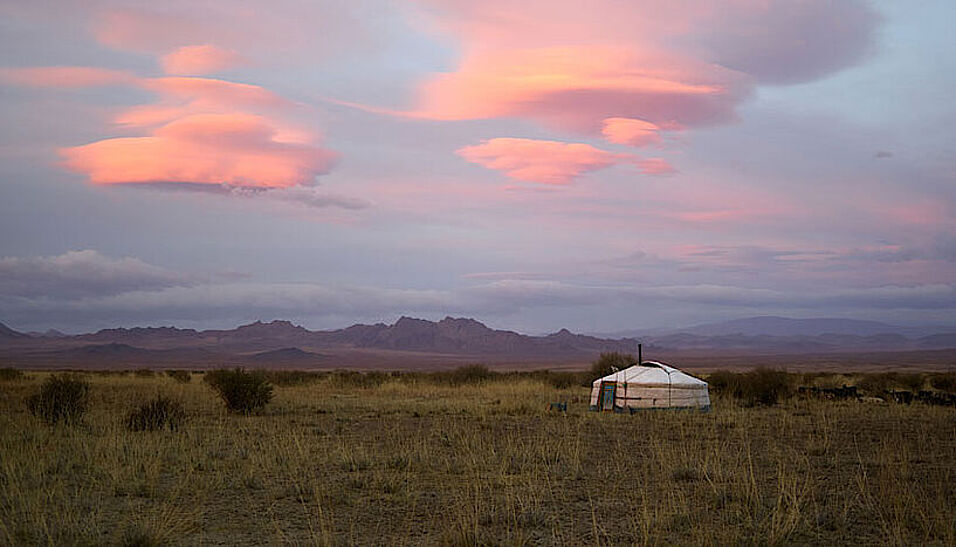A team of researchers from genetics, archaeology and linguistics analysed the genome data of 167 people who lived in East Asia in the past 8,000 years and 46 contemporary groups. "The genome history of East Asia is currently not as well studied as that of Europe. Our study is now changing that: we have examined a large amount of ancient East Asian genomes and matched the results with corresponding archaeological data and language data," explains Ron Pinhasi from the Department of Evolutionary Anthropology at the University of Vienna.
The study supports the thesis that in the Late Pleistocene there were migratory movements along a coastal route connecting Southeast Asia, the Japanese archipelago and the far east of Russia. In contrast, the 40,000-year-old genome from Tianyuan in China, dating from the Upper Paleolithic, and the genomes from Mongolia and the Amur region, dating from the early Holocene, belong to a different lineage that split off early and spread inland along a route.
Explanation for low genetic differentiation
The results also point to a sharp decline in genetic differentiation during the emergence of complex societies in East Asia. At the end of the last ice age, there were distinct populations in East Asia. These populations intermingled in the Neolithic, reducing their heterogeneity. They mixed further in the Bronze and Iron Ages, which explains the relatively low differentiation in present-day East Asia.
The results also suggest that present-day Mongolia spurred cultural exchange between East and West Eurasia during the Holocene. At the turn of the third millennium BCE, for example, the Afanassyevo culture, which is an eastern extension of the steppe-dwelling and cattle-herding Yamnaya culture, exerted influence on the region. It introduced dairy farming and influenced subsequent archaeological phenomena.
After the decline of the Afanasyvo culture, the lineage that this migrating population brought with it was almost completely displaced in Mongolia - in contrast to Europe, where the Yamnaya were able to establish themselves permanently. Nevertheless, descendants of the Jamnaja and their original dispersal can be traced to the Iron Age in northwest China.
Publication in Nature:
Reich, David; et al.: Genomic Insights into the Formation of Human Populations in East Asia. Nature, 2021.
DOI: 10.1038/s41586-021-03336-2

